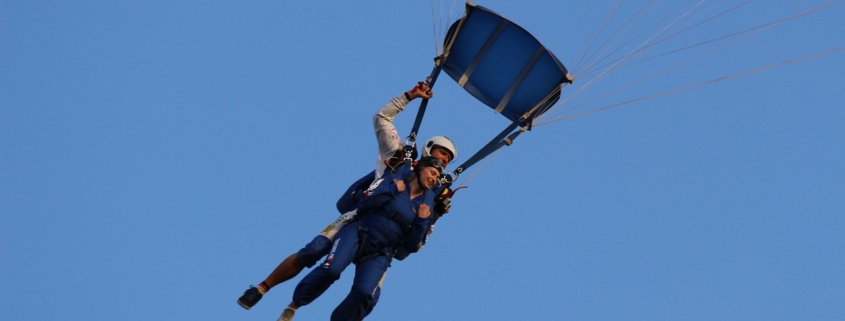Safety, Quality, and Peace of Mind: What Informed Users Value in IVG Pro
Trust in a vaping device starts with consistent performance, but it grows through visible attention to safety and quality. IVG Pro positions itself as a straightforward option for adults who want reliable flavor and smooth delivery without maintenance chores. This article reviews the elements that matter most to informed users: consistency across pods, clean flavor design, careful packaging, responsible storage, and community norms that encourage courteous use. While no single feature carries the full load, the combination helps explain why many adults choose a simple, sealed system for daily use.
Consistency begins at the pod level
Every pod ships with a fresh coil and a sealed liquid chamber, which reduces exposure to air and contaminants. That matters for two reasons. First, it protects flavor integrity, so a familiar blend tastes the same in every new pod. Second, it resets coil life each time, avoiding the slow decline that can sap enjoyment in refillable setups. For adults with long workdays, predictable performance outweighs the appeal of tinkering. You can plan your day with confidence, carrying a spare pod or two without guesswork.
Flavor clarity without heaviness
Many users praise IVG flavors for their clean separation of notes. Fruit blends should taste like ripe fruit rather than candy, menthols should finish brisk and not medicinal, and dessert notes should feel smooth rather than sticky. That balance supports all-day use. A flavor that remains fresh at mid-afternoon is priceless for those who used to step outside for a cigarette at the same time every day. The right blend reduces the urge to switch devices or brands for novelty and lets you focus on routine.
Packaging that protects what matters
Good packaging is not only about shelf appeal. It keeps pods stable during shipping and storage. Blister packs or sealed wrappers protect mouthpieces from dust and preserve gaskets that prevent leaks. Printed information—such as strength and flavor—helps users rotate stock and avoid mix-ups. Store pods in a cool, dry place and leave them sealed until needed. Those simple steps help maintain taste and wicking, which pay dividends over the life of each pod.
Responsible use: a community standard
Devices that contain nicotine require care. Keep them out of reach of children and pets. Do not leave units in hot cars or near heat sources, and avoid exposure to direct sun for extended periods. Dispose of used pods and devices according to local rules; many regions offer e-waste or special collection sites. Respect for rules in shared spaces also matters. Ask before using the device indoors, step outside when requested, and avoid exhaling near entrances. These habits support a positive perception of vaping and protect access for responsible adults.
Straight answers to frequent questions
Users ask whether prefilled systems cost more than refillable kits. The answer depends on usage, but many adults find the time savings and clean handling worth the price. Another question concerns flavor fatigue. Rotating between two or three profiles can help, and IVG’s catalog supports that approach with clear, distinct options. A third question addresses travel. Keep devices in carry-on bags, not checked luggage, and store pods upright during flights to reduce pressure-related seepage. A final question relates to stepping down intake. Because each pod style is familiar, you can change strength without changing your device or flavor family, which eases the process.
Why simplicity still wins for many adults
Tech enthusiasts enjoy features and menus, but most adults reach for a device that works on cue. IVG Pro’s value lies in repeatable experience. Every fresh pod tastes like the last. Every inhale feels familiar. That predictability helps adults maintain routines that replace cigarettes with a calmer alternative. Add straightforward storage and courteous use, and you have a system that supports daily life without noise.
A note on fit and finish
A quality exterior finish, a comfortable mouthpiece, and a sturdy connection between pod and device may seem minor until you use them hundreds of times. Small design choices—like a mouthpiece that seals well for short puffs or a pod that clicks firmly into place—reduce daily friction. Over weeks and months, those details add up to a product that earns trust. Users keep returning to systems that respect their time, their taste, and their need for a simple, reliable routine.
The bottom line for informed readers
Adults choose IVG Pro because it respects everyday demands. Sealed pods protect flavor, fresh coils deliver smooth draws, packaging preserves quality, and the overall format stays out of the way. For busy readers who want dependable performance with minimal management, those strengths carry real weight. Add responsible habits and polite use, and the device becomes an unobtrusive part of a well-run day.


